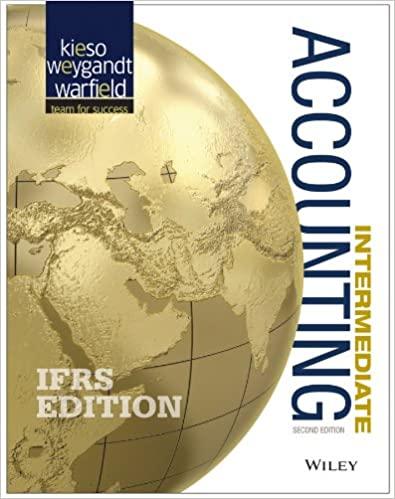Question
Norm is a real estate professional with a real estate trade or business as defined in the tax law. He has $150,000 of business income
Norm is a real estate professional with a real estate trade or business as defined in the tax law. He has $150,000 of business income and $50,000 of losses from actively managed real estate rentals. How much of the $50,000 in losses is he allowed to claim on his tax return?
a.None
b.$25,000
c.$20,000
d.$50,000
Thelma works at a liquor store in 2020 and makes $44,000. She also has dividend income of $12,000 and interest income of $1,000. She owns a beach house that gives her $11,000 in net rental income and she owns a stake in a limited partnership that generates a $15,000 loss. What is her adjusted gross income in 2020?
a.$45,000
b.$58,000
c.$53,000
d.$69,000
e.$57,000
Which of the following can be used to offset a passive loss?
a.Passive income such as income from a limited partnership
b.Dividend income from stock held as an investment
c.Pension income
d.Active income such as wages
Patrick has a business net operating loss of $70,000 in 2020. Patrick's business started in 2018 and generated significant taxable profits in 2018 and in 2019. Which of the following is true?
a.Patrick may elect to offset the income he generated in 2018 and 2019 with 2020's net operating loss. The remaining net operating loss (if any) can be used to offset up to 80% of future annual taxable income.
b.Net operating losses can offset 100% of the income in future years.
c.Patrick must carryforward the net operating loss (no carryback is available).
d.Patrick may use the net operating loss to offset income from any year he chooses.
e.None of these choices are correct.
Step by Step Solution
There are 3 Steps involved in it
Step: 1

Get Instant Access to Expert-Tailored Solutions
See step-by-step solutions with expert insights and AI powered tools for academic success
Step: 2

Step: 3

Ace Your Homework with AI
Get the answers you need in no time with our AI-driven, step-by-step assistance
Get Started


